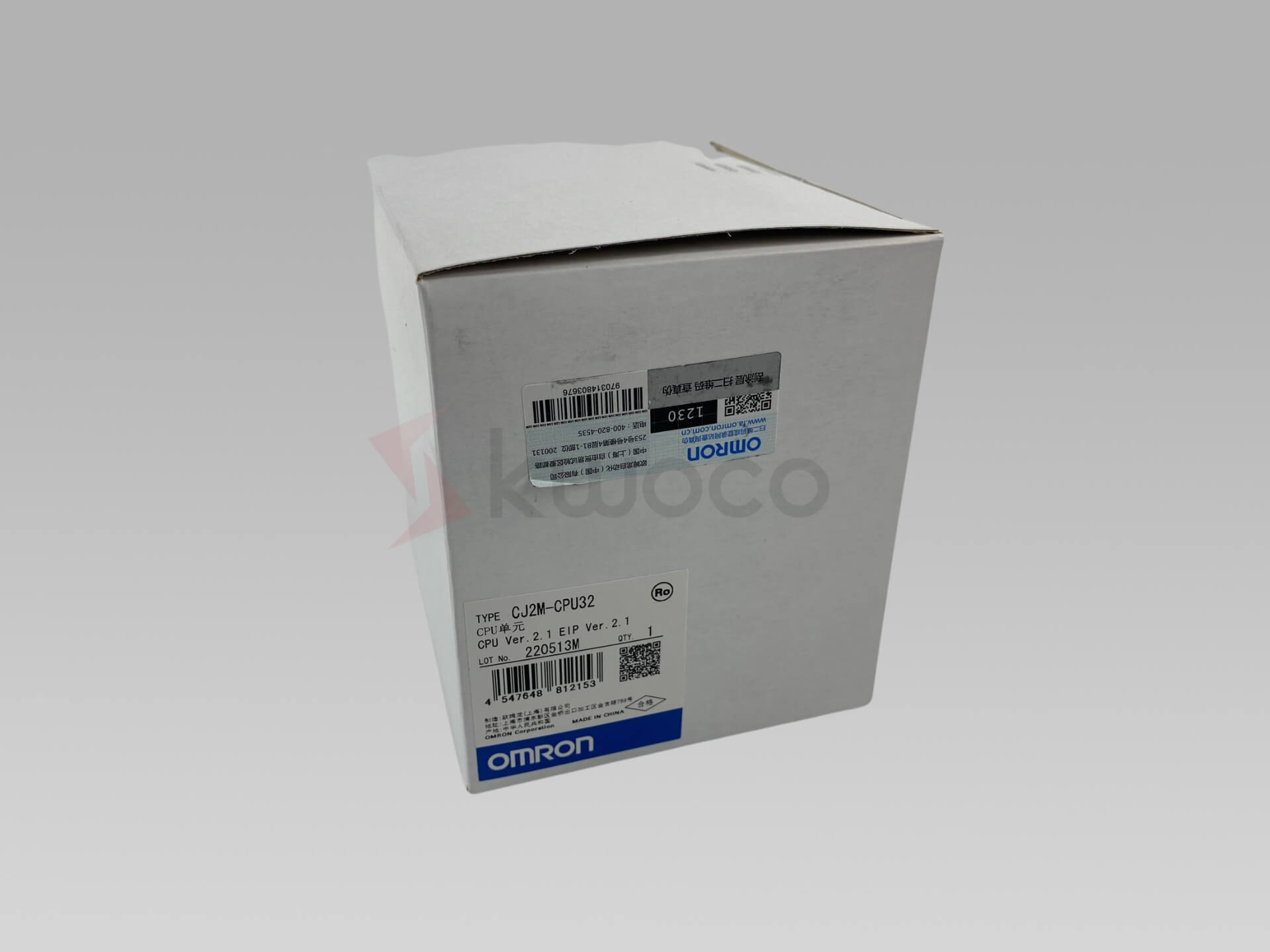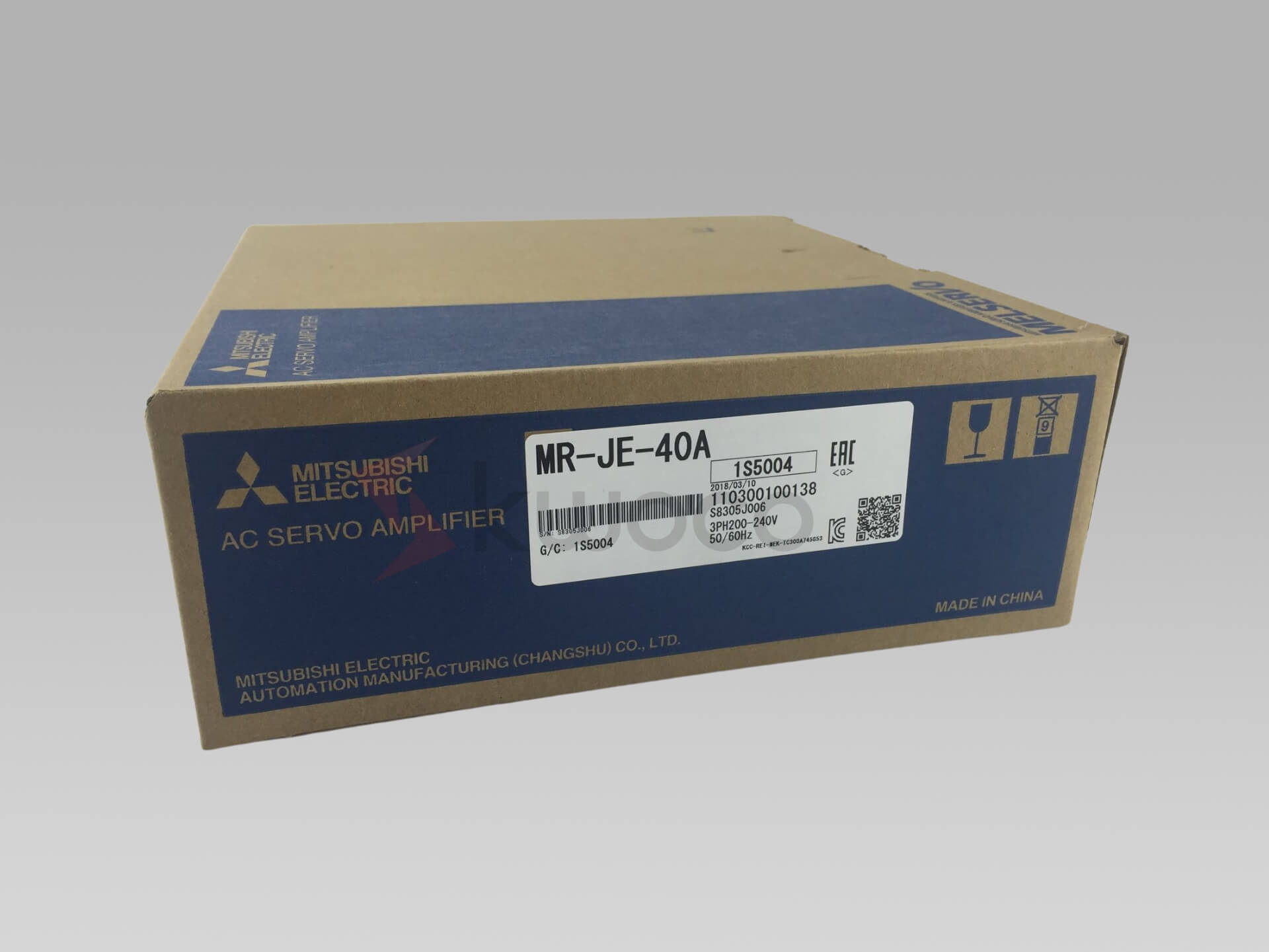Understanding Sinking vs. Sourcing in PLC Systems
In this blog, we will break down the sinking and sourcing concept step by step, explaining its significance, applications, and practical examples to help you master this essential aspect of PLCs.
Table of Contents
What Are Sinking and Sourcing in PLCs?
Sinking and sourcing describe the direction of current flow between devices in a PLC system. These terms apply specifically to DC circuits and are not relevant to AC circuits. In sinking, current flows into a device from the load, while in sourcing, current flows out of a device to the load. Understanding this difference is crucial when selecting input and output modules for your PLC system.
Digital PLC Inputs: The Basics
PLC input modules interface with devices that send binary signals (ON/OFF). These modules process signals from switches, sensors, or buttons to determine the state of connected field devices. Digital inputs are categorized as:
- Sourcing Inputs: These modules provide a positive voltage to the external circuit.
- Sinking Inputs: These modules provide a ground connection to complete the circuit.
Examples of Field Devices for PLC Inputs
- Push Buttons: Start/Stop buttons generate signals based on whether they are normally open (NO) or normally closed (NC).
- Selector Switches: Used for multi-position control, often seen in fan speed or motor control applications.
- Proximity Sensors: Detect the presence of objects without physical contact, emitting binary signals for PLC processing.
Digital PLC Outputs: Controlling Devices
PLC outputs control devices such as motors, heaters, or solenoids by sending binary signals based on program logic. Outputs can also be categorized as sinking or sourcing, depending on their wiring and function:
- Sourcing Outputs: Provide current to external devices.
- Sinking Outputs: Serve as a ground connection for external circuits.
Types of Digital PLC Outputs
- Relay Outputs: Universal for AC and DC applications, offering flexibility with moderate switching speeds.
- Transistor Outputs: Ideal for fast DC switching, commonly used in lighting or low-power circuits.
- TRIAC Outputs: Specifically designed for AC loads, such as lights or motor starters.
Practical Examples of Sinking and Sourcing
Example 1: Sourcing Input Module with a Stop Button
In this configuration, the input module provides a positive voltage, while the stop button acts as a sinking device, completing the circuit when pressed.
Example 2: Sinking Output Module with a Relay Load
Here, the output module provides a ground connection, and the relay load sources current from the power supply, ensuring smooth circuit operation.
Selecting the Right Input or Output Module
Choosing between sinking and sourcing modules depends on the requirements of your system:
- Check the polarity of the devices in your circuit.
- Consider compatibility with field devices.
- Evaluate the current and voltage requirements for your application.
Wiring Tips for Sinking and Sourcing Modules
- Review the manufacturer’s diagrams to identify module type.
- Ensure proper polarity alignment to avoid circuit errors.
- Test the system after wiring to verify the desired functionality.
Power your projects with brand-new, original Omron, Mitsubishi, Schneider PLC – in stock, ready now!
Conclusion
Sinking and sourcing in PLC systems are essential concepts for managing current flow in digital input and output modules. By understanding the differences and knowing how to apply them, you can design more effective and reliable control systems. Whether dealing with buttons, sensors, or relays, this knowledge ensures your PLC setup operates seamlessly.
Looking for new, original PLCs for your projects? At Kwoco, we stock the latest PLCs from top brands like Omron, Mitsubishi, and Schneider. Shop with confidence—fast shipping, guaranteed quality! Buy Now
Contact Us
Just fill out your name, email address, and a brief description of your inquiry in this form. We will contact you within 24 hours.
You May Also Find These Topics Interesting

What is DCS? A Guide to Distributed Control Systems
Distributed Control Systems (DCS) have revolutionized the way industries manage and control complex processes. This comprehensive guide will delve into the architecture, benefits, and applications of DCS, explaining why understanding this technology is essential for modern industrial automation and control.

A Comprehensive Guide to Uploading Programs on Weintek HMI: Methods and Best Practices
A Comprehensive Guide to Uploading Programs on Weintek HMI: Methods and Best Practices In the realm of industrial automation, Human-Machine

PLC vs PC: Key Differences in Industrial Automation
In the realm of industrial automation, the choice between a Programmable Logic Controller (PLC) and a Personal Computer (PC) can significantly impact operational efficiency and system performance. This article delves into the fundamental differences between these two technologies, helping you make informed decisions for your automation needs.
Some smaller PLCs, especially compact units with integrated I/O points, come with built-in power supplies. These accept AC input directly and convert it to the necessary DC voltage internally.
- Advantages: Easy installation and reduced need for external components.
- Limitations: Limited current output, making them suitable only for smaller automation systems.






